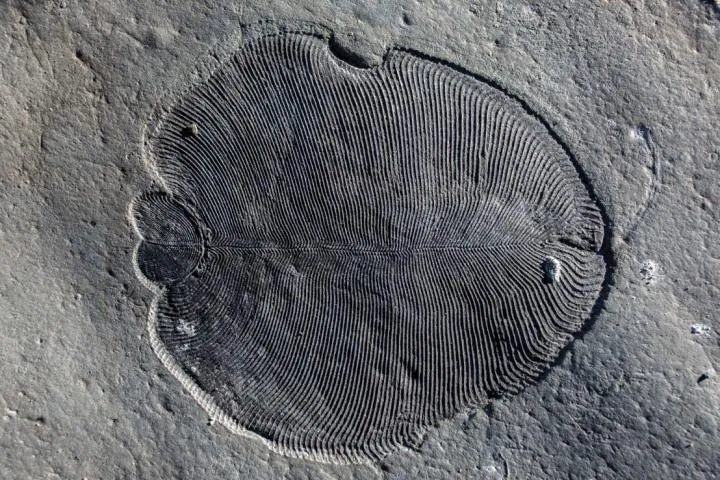Most of us can remember what we ate for our last meal. Ediacara biota, the world’s oldest large organisms, on other hand, might have more trouble answering that question – they’ve been dead for 550 million years.
But now, a team from the Australian National University (ANU), have found the answer. In a collaboration with Dr Ilya Bobrovskiy from the GFZ German Research Centre for Geosciences in Potsdam, they managed to identify the remnants of the last meals of a pair of Ediacara biota fossils found in Russia in 2018. It turns out they ate algae from the ocean floor.
They found that one of the two creatures – a slug-like creature called Kimberalla – had a mouth and gut, and digested food in the same way that modern animals do.
The other – Dickinsonia, which looked a bit like a ribbed flatfish or a very large trilobite and measured 1.4m long – was a more basic beast with no eyes, mouth or gut, and absorbed food through its body as it moved along the ocean floor.

“Our findings suggest that the animals of the Ediacara biota were a mixed bag of downright weirdoes such as Dickinsonia, and more advanced animals like Kimberella that already had some physiological properties similar to humans and other present-day animals,” said Bobrovskiy.
By analysing the fossils in search of preserved phytosterol molecules - natural compounds found in plants – they were able to determine that the creatures lived on a diet of algae, which were abundant at the time.
“Scientists already knew Kimberella left feeding marks by scraping off algae covering the sea floor, which suggested the animal had a gut,” said the study’s co-author Professor Jochen Brocks of ANU.
“But it was only after analysing the molecules of Kimberella’s gut that we were able to determine what exactly it was eating and how it digested food.
“The energy-rich food may explain why the organisms of the Ediacara biota were so large. Nearly all fossils that came before the Ediacara biota were single-celled and microscopic in size.”
Read more about fossils: